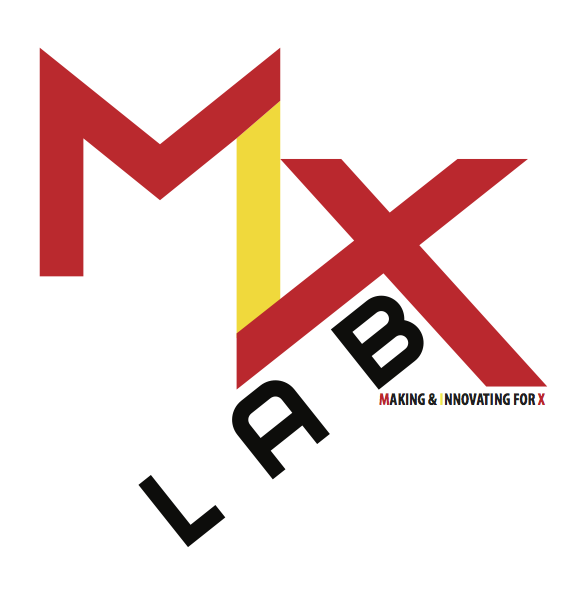The Innovation Design Framework
Everything is made. Everything is in the making. Nothing is finished, nothing was not made. This is astonishing and worth lingering on. The mountains, your hands, the stars, laws, social movements -- all made and all on-going. When we speaking of making it is worth sensing how big and remarkable an action we are discussing.
“Novelty emerges not from our heads but from the middle of action.”
DIRECT DESIGN
Design, or Making, has been classically understood to be a process of turning ideas into things -- a process I would term “Direct Design”. You know the story -- you have a vision -- an idea -- and you figure out a way to make it. Perhaps you make drawings work with fabricators, and other craftspeople to realize “your vision.” In the end, if everything worked out right, you have the materialization of your original idea. This is the kind of process that is taught exceptionally well in traditional art and design programs. Now there is nothing wrong with this process, but this methodology does not encompass all of the design (nor is it especially good at fostering innovation). The design is much bigger than Direct Design.
RESPONSIVE DESIGN
Responsive Design begins the design process by probing the world for actual practices, needs, and problems and from there it initiates a process of ideation and iterative design leading to a solution/product. In a very simple sense, Responsive Design adds a consulting step prior to ideation in the Direct Design Sequence (and a more responsive prototyping/ making phase). With this shift and expansion of the focus of design carried out by Responsive Design, it is important to realize that this model does not replace Direct Design so much as it subsumes it. Along with this new model of design came new ideas about creativity that were more collective. The old model of creativity essentially got a group-centric makeover -- brainstorming, group improvisation, and other collaboration exercises were added to the mix.
We need to pause here for a moment and dig a little deeper into the concept of creativity. The irony is that for such a now ubiquitous term: creativity as a concept is of a very recent origin (it seems that in the western tradition we had no place for such a concept, but more on this later). It was coined in the 1920 ‘s by the philosopher Alfred North Whitehead to define the most basic PROCESS underlying all reality. The reality, for Whitehead, is a creative movement into novelty. From the big bang to hip hop. Whitehead went on to develop the most comprehensive model of creativity as a process of emergent novelty coming into concrete being during his tenure at Harvard in the 1930 ’s and 40’s. But while his word stuck, his ideas did not. Creativity quickly became a thing -- a spark, a special sauce, a pattern of neurons... And the concern for understanding and utilizing processes that generate novelty was left to other fields far from the worlds we most closely associate with creativity (ecology, complexity, evolutionary biology, process philosophy to name a few were the fields that took up the quest to understand processes of emergent novelty).
INTRODUCTION TO THE INNOVATION DESIGN FRAMEWORK
In very simple terms creativity as a process shifts the focus from the mind to engagement with the world and things. Doing matters. Things matter. When we do things, the things we use speak back to us -- the world becomes alive and in this engagement material push and pull novelty emerges. Novelty emerges not from our heads but from the middle of action. Whitehead is overturning the long and deeply held assumption “I think therefore I am” and replacing it with “We do therefore I am” -- with the “we” being an expansive list of collaborators that range far beyond the human: pens, roads, microbes, concepts, habits, relations, cars, ecosystems -- these all make up the we. Why does any of this matter? Three things: Direct Design and Responsive Design while being highly effective and critical design strategies (1) miss the crucial process aspect of making and creativity, (2) They focus on creativity as a thing (and a mental one at that), and finally (3) by focusing on solving existing problems they cannot innovate at the level of a genuinely novel paradigm. Quite simply while being effective design processes they are poor techniques for generating large scale and game-changing forms of novelty.
Read on for the complete Innovation Design Framework paper by Iain Kerr.
